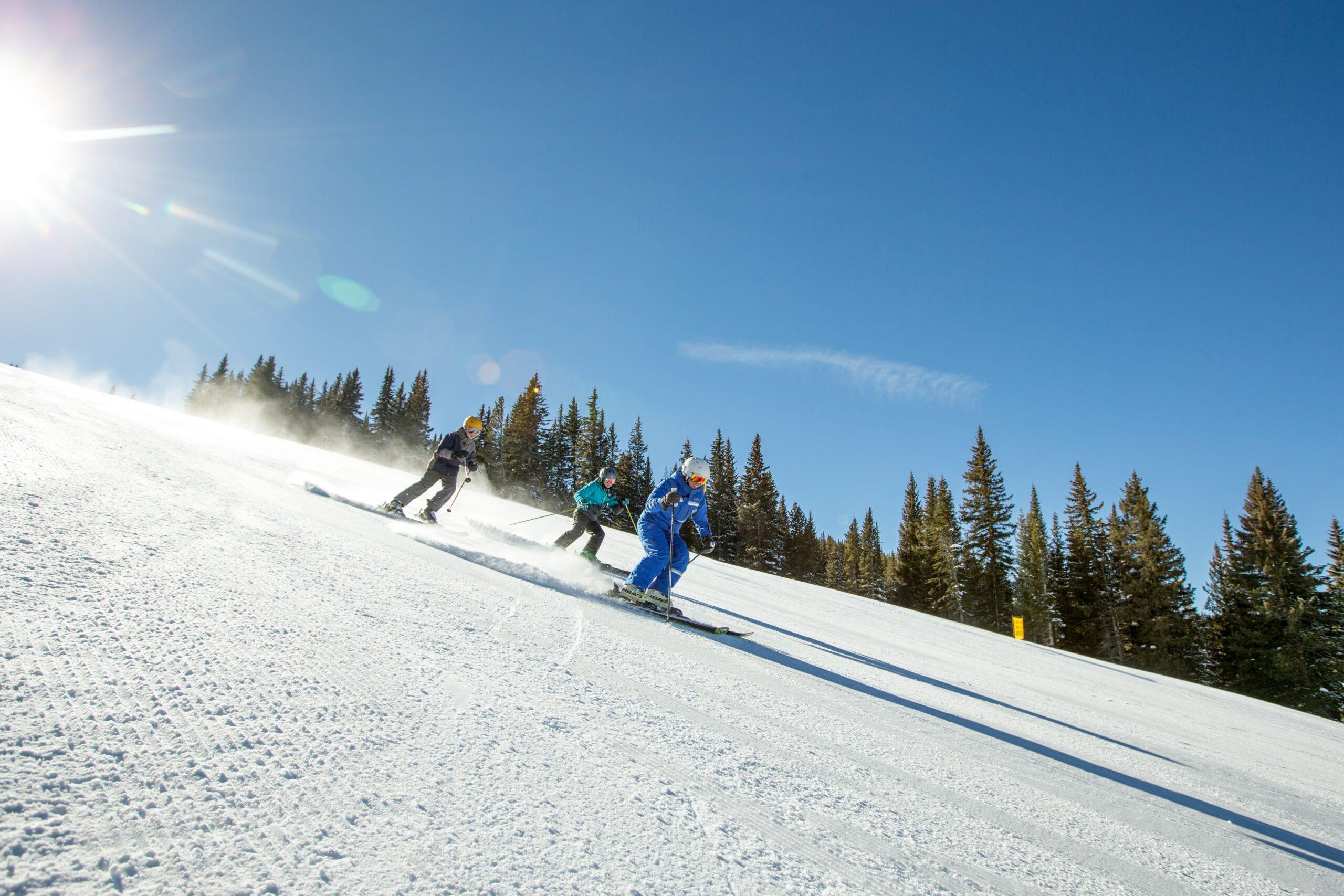
While most of Colorado’s ski areas have shut off their lifts for the season, a few resorts are still giving skiers and boarders a chance to hold onto winter — at least for a little longer.
Loveland Ski Area projects it will close sometime in early May, while Breckenridge is planning to stay open until Memorial Day, conditions permitting. Arapahoe Basin’s last day is expected to be sometime in June. Winter Park hasn’t announced a closing date, saying instead, “If there is snow, we will be skiing and riding!”
As for Vail Mountain, it’s planning on Sunday as its last day of the season. If that date holds, it would make this Vail’s longest ski season ever, and the first time it’s held skiing in May since 1996.
- Loveland Ski Area, I-70, Dillon, closes in early May
- Brekenridge, 1599 Ski Hill Rd, open until Memorial Day
- Arapahoe Basin, 28194 US-6, Dillon, open until June
- Winter Park (including Mary Jane), Bridger Ct, no closing date
- Vail Mountain, Vail, last day on Sunday, May 1
The long season comes even though it had “warm, slow start,” said Vail’s John Plack. He’s the senior communications manager for both Vail and Beaver Creek, and he explained that while recent storms have helped buoy the longer season, the later closing date is also about snowmaking Vail started at the beginning of winter, possible, in part, because of a huge, sophisticated snowmaking system the resort purchased in 2019.
“So, the investment we made is the largest investment in snowmaking in North America,” said Plack, wearing a Vail hat with the words “All The Way To May” printed across it.
The new system, installed at the highest and coldest part of the mountain, is automated and more energy efficient. In the “old way” of snowmaking, staff had to be extremely nimble and constantly aware of temperature changes across the mountain. As parts of the resort became warmer, “you'd have to turn on or off all of the snow guns,” Plack explained, “kind of like [turning] the faucet off.”
In past years, employees had to race around the resort to do that in time.
Now, however, the system senses where snowmaking is possible and continues production until conditions change. Instead of trying to figure out where snow can be made, Plack said employees can focus on maintenance and monitoring critical elements of the system.
The snowmaking helped make a healthy base of snow that people are still skiing on today, even as summer knocks on Vail’s door, with daytime temperatures often climbing into the 40s and 50s. As of Tuesday morning, Plack said just under 40 percent of the resort’s terrain is still open to ride, though “that’ll probably dwindle as we get some warmer temperatures this week.”
And Vail’s ability to maximize snowmaking as the earth’s temperatures climb is likely to become more and more important in the future.
“Climate resiliency is definitely on our mind,” Plack said.
A few years back, Vail Resorts launched a program called “Commitment to Zero,” aimed at reducing its “operating footprint” to zero by 2030. That means the resort wants to get to zero net emissions, sending no waste in the landfill and having a zero net operating impact on forests and habitat. In 2020, Vail Resorts invested in a Nebraska wind farm that it says has allowed it to offset 85 percent of its electricity use across all its 40 resorts.
Plack said he has skied more than 100 days this season, and that he hopes it’s something he and others can keep doing year after year.
“Winters are really important to us,” he said.









